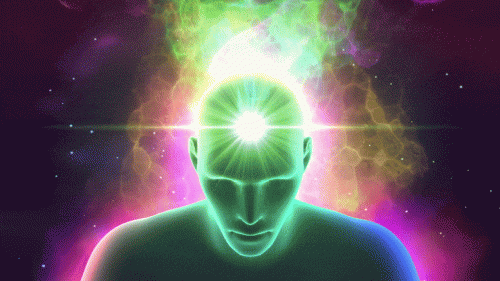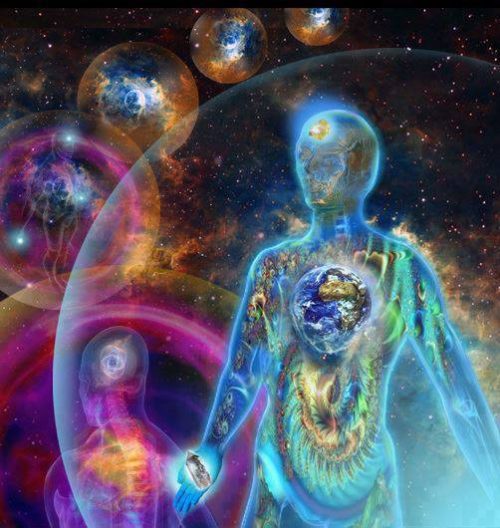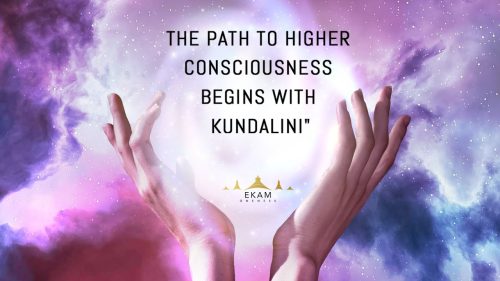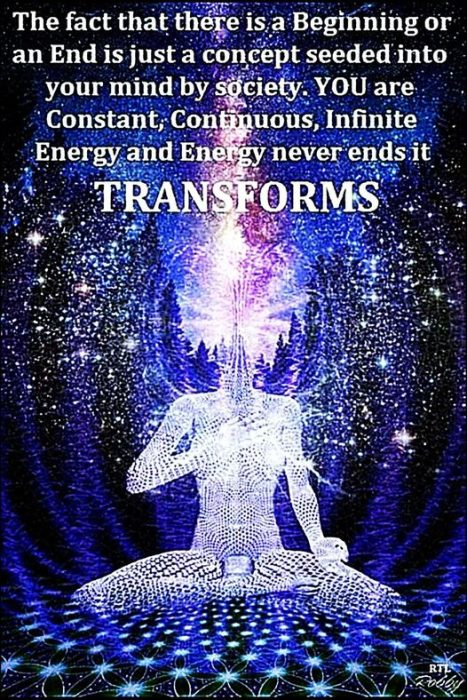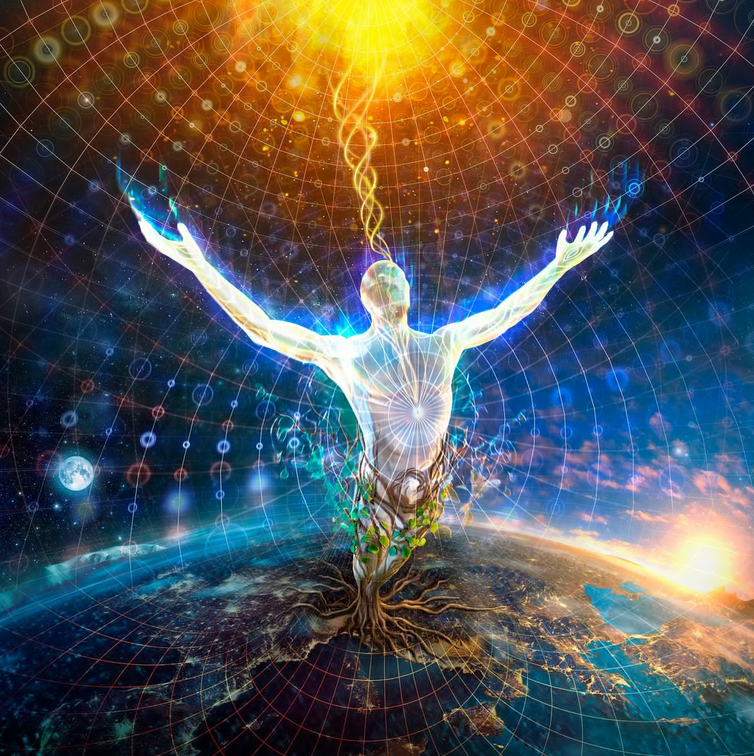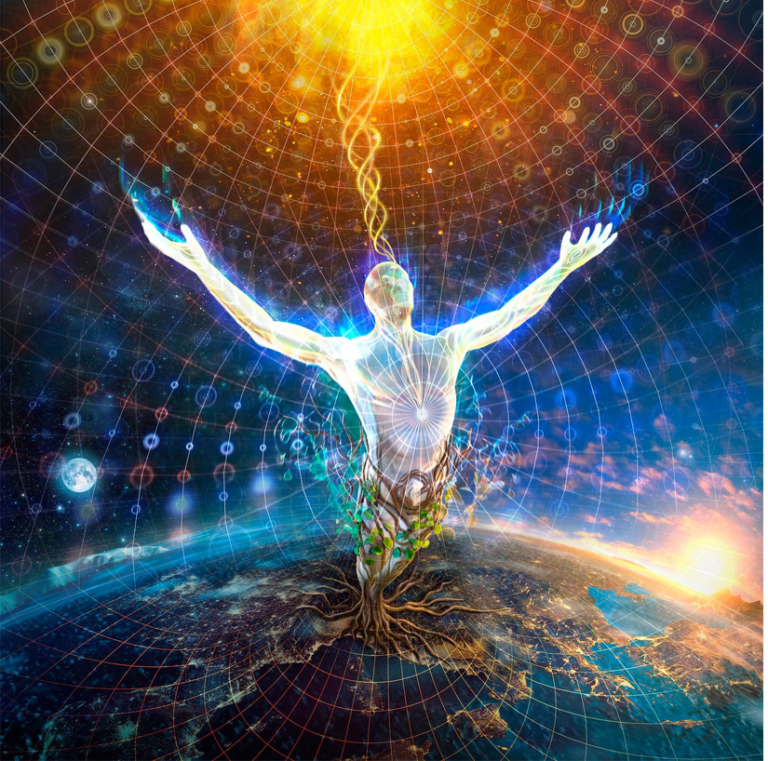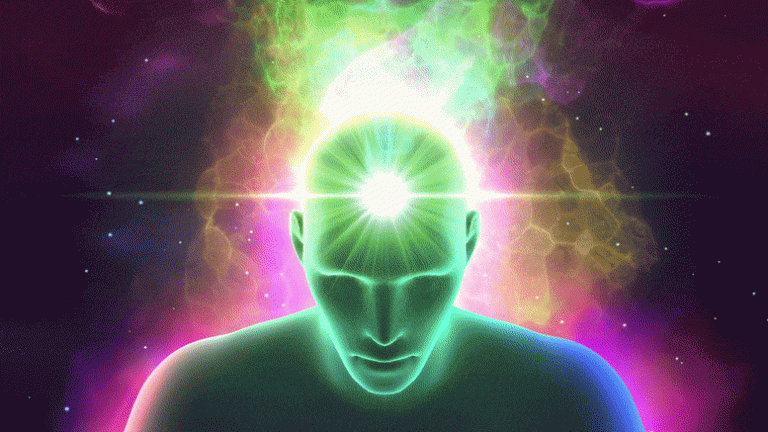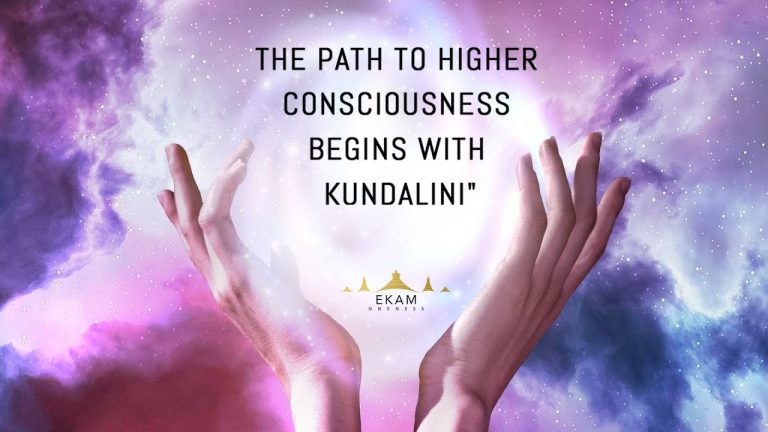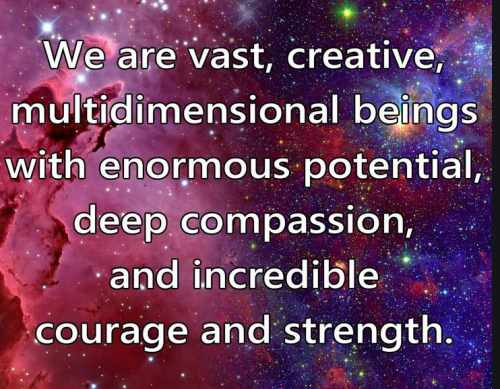
Extraordinary Powers in Humans – To get into the transcendental state in meditation, this serpent power has to reach the brain, piercing all the plexuses (sacrum, lumbar, thoracic and cervical). Then it enters the ventricles of the brain (sahasrara chakra) and settles down there. When the serpent power becomes concentrated in the ventricles of a person’s brain, the velocity of the electrons present in the cerebrospinal fluid and around the brain accelerates, giving a pleasurable sensation to the sadhak. This produces a state of thoughtless mind where a sadhak experiences bliss and he wants to continue in this state of mind for a prolonged period.
In some ancient texts, the nervous system is compared to a high power station generating electricity in a factory and the network of wires carrying the current to various machines. The brain, spinal cord and sympathetic nerves constitute the power station while the nerves leading away from the brain and spinal column represent the electric wires running through the factory i.e. human body. In case you want to awaken your inherent dormant power – Kundalini – which may hash out uncontrollable strength in the body.
In order to understand the power of coherence and synchrony, we shall turn to an old metaphor. If a regiment of soldiers walks at random across a bridge. nothing will usually happen to the bridge. However, if they march in step, there is a risk that the bridge will crash. Such is the power of coherence. Similarly, a laser light, where all the photons are completely aligned and the light is coherent, has such power that it can burn through thick iron plates.
Imagine the enormous brain power that would emerge if billions of brain cells were synchronized and totally coherent in the frontal cortex – the brain would behave like a Bose-Einstein condensate, becoming into a ‘superconductor’ with a focus like a laser beam.
The Kundalini arises and lifts the mind to the higher planes, say theYogins. And so the “stirring up” of the Kundalini in the basic plexus tends to cause it to mount, and thus open up the Shusumna a little each time, gradually and slowly.
As the Kundalini mounts it arouses the activities in the several lotuses along the spinal column, connected with the Shusumnu.
The lowest of these lotuses—the one situated at the base of the column—is called the Muladhara; the one next above is called the Svadhisthana; the next is called the Anahata; the next is called the visuddha; the next is called the A jna; the last, which is in the brain, being called the Sahasrara, or “the thousand-petalled lotus.”
In the lowest, or Muladhara, the Kundalini is stored up; and the highest, or the Sahasrara, is used to distribute it to the brain, in the production of certain forms of mental phenomena.
The kundalini is the embodiment of all powers and forms and is the seat of all physical and mental manifestations. It is the fountainhead of energy and knowledge and is not an object of visualization, but a subtle entity in the form of light .
Kundalini Jagaran (awakening of Kundalini) is the final achievement of Yoga. It is ac-complished by piercing (breaking) all the Shat-Chakras (six psychic centers along the spine).
Physiologically, when this Kundalini energy becomes active, it climbs up through the spinal cord directly to one’s head with the main purpose to cause certain changes in the brain activity. It is amazing what Kundalini does to the human body. It has been proven that when it reaches the brain it brings the bioelectrical power supply to the brain cells, which are usually out of function. It actually hits the whole area of the brain but influences mostly the cells that are connected to the psychic abilities of the mind. Still, this is only a part of what Kundalini does, because its main purpose is to bring the spiritual evolution to people by showing them their true nature.
Thus, the Kundalini will be canalized directly to its last destination with no side effects only if one’s spirit is ready, purified and focused in the right direction. It is well known that at first one is better not to experiment with this powerful force on his/her own, except if forced to, as for example when the Kundalini awakes unintentionally and without one’s will. In that case, an immediate search for a guru or at least an advanced and experienced student in this subject is recommended. It would be very foolish for anyone inexperienced to start playing with this dangerous force. The energy system is certainly not prepared to take the heat of the rising and the Kundalini can easily strike some chakra with all its strength.
When the Kundalini has been awaken and is in full power, you become a fire of a living knowledge, a user of incredible mental powers and driver of your own destiny.
Kundalini is a highly creative intelligence that dwarfs our meager three to five percent of actualized “brain power.” If, instead of surrendering to it, we approach it as an energy to be manipulated by the ego, we are courting disaster. Taking such an approach would be like trying to run a million volts of current through the wiring of a house. All the circuits would explode, and the resulting fire would undoubtedly level the entire structure.
In meditation, when the yogi attains the transcendental state, the free-flowing vital energy in the body gets accumulated at the base of the pelvis nterior to the sacrum bone. This vital energy is called’kundalini.’ With repeated practice, this accumulated vital energy starts flowing upward through the vertebral column toward the brain, piercing all the seven plexuses (chakras). This is called movement of ,the serpent power (kundalini).
To get into the transcendental state in meditation, this serpent power has to reach the brain, piercing all the plexuses (sacrum, lumbar, thoracic and cervical). Then it enters the ventricles of the brain (sahasrara chakra) and settles down there. When the serpent power becomes concentrated in the ventricles of a person’s brain, the velocity of the electrons present in the cerebrospinal fluid and around the brain accelerates, giving a pleasurable sensation to the sadhak. This produces a state of thoughtless mind where a sadhak experiences bliss and he wants to continue in this state of mind for a prolonged period.
This is called samadhi – the transcendental state.
